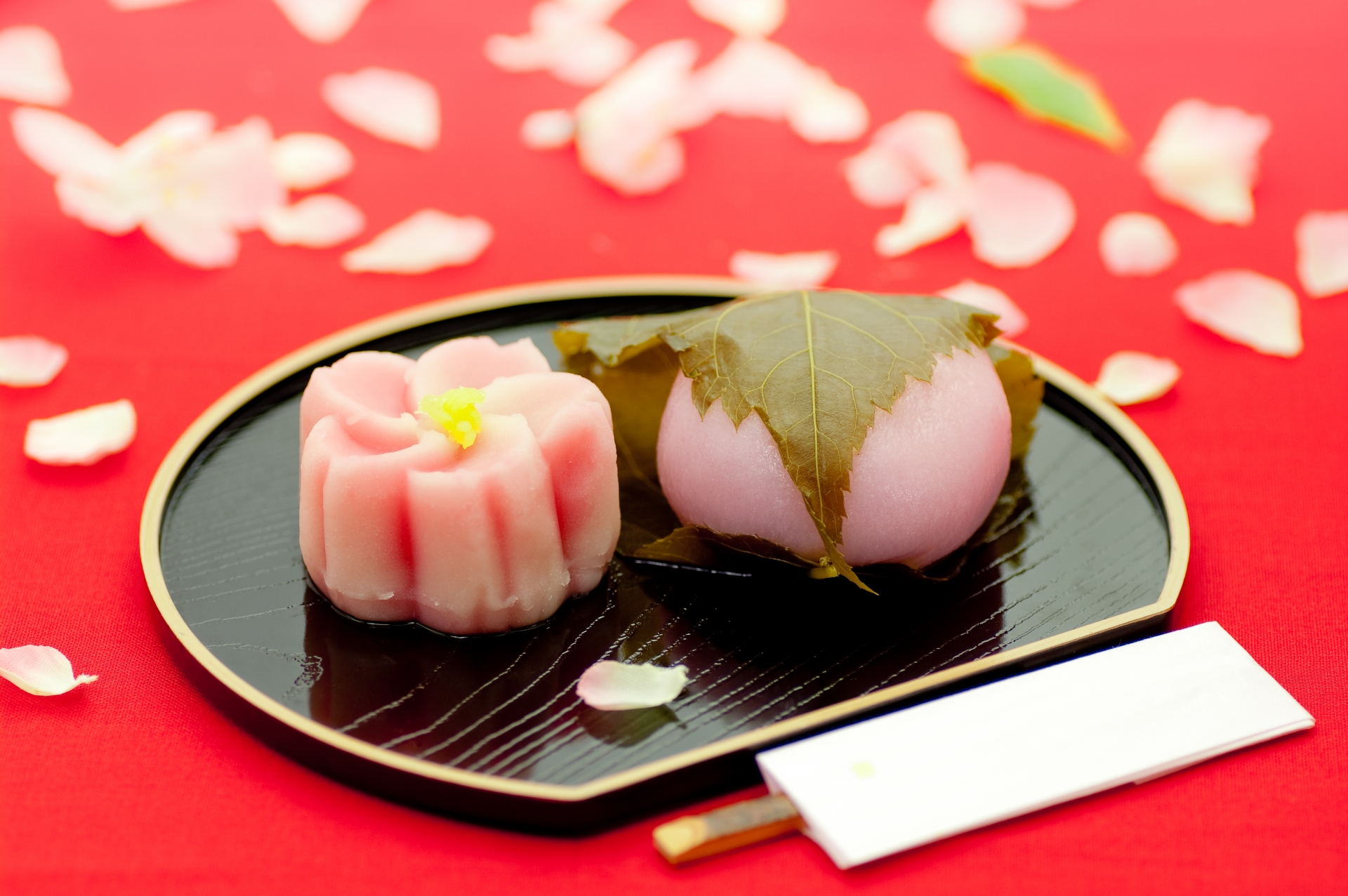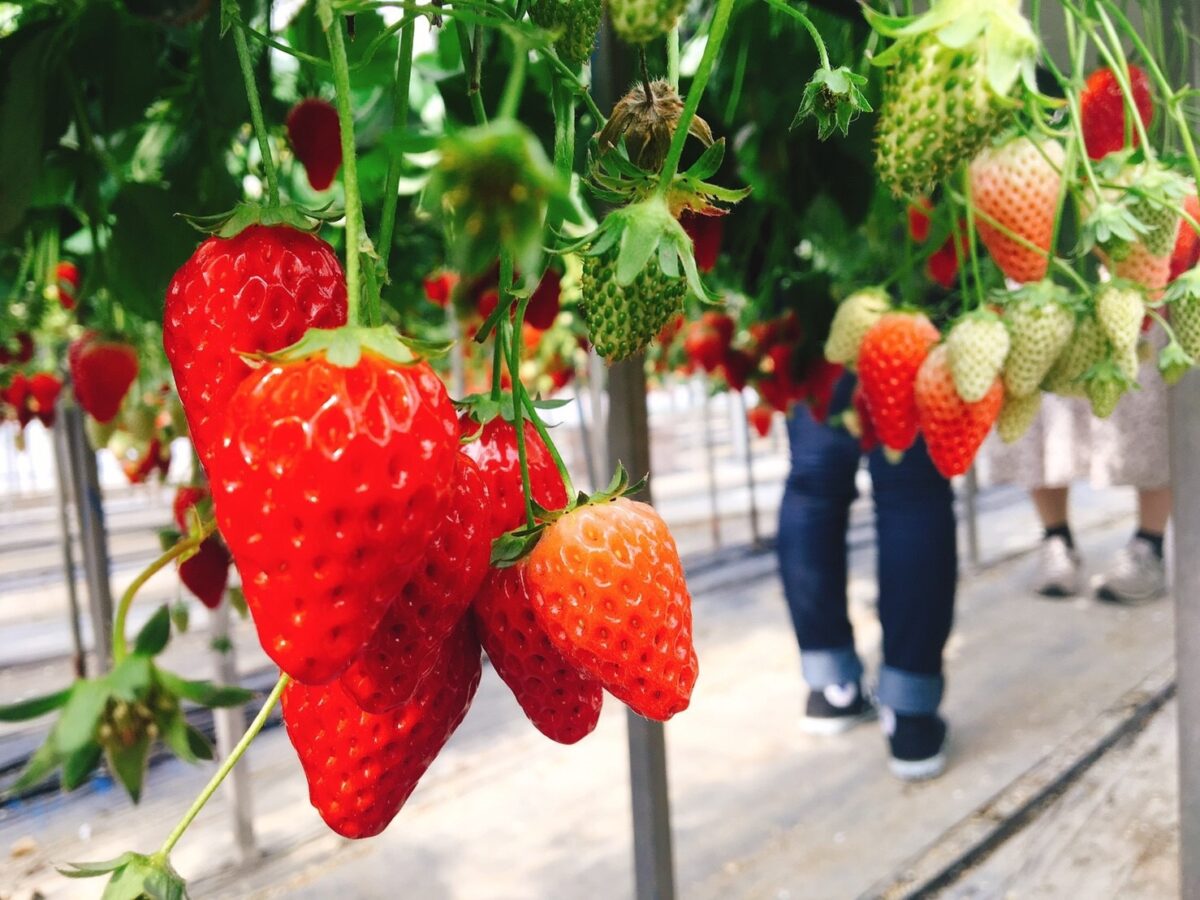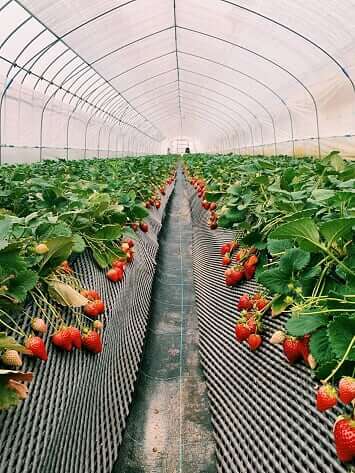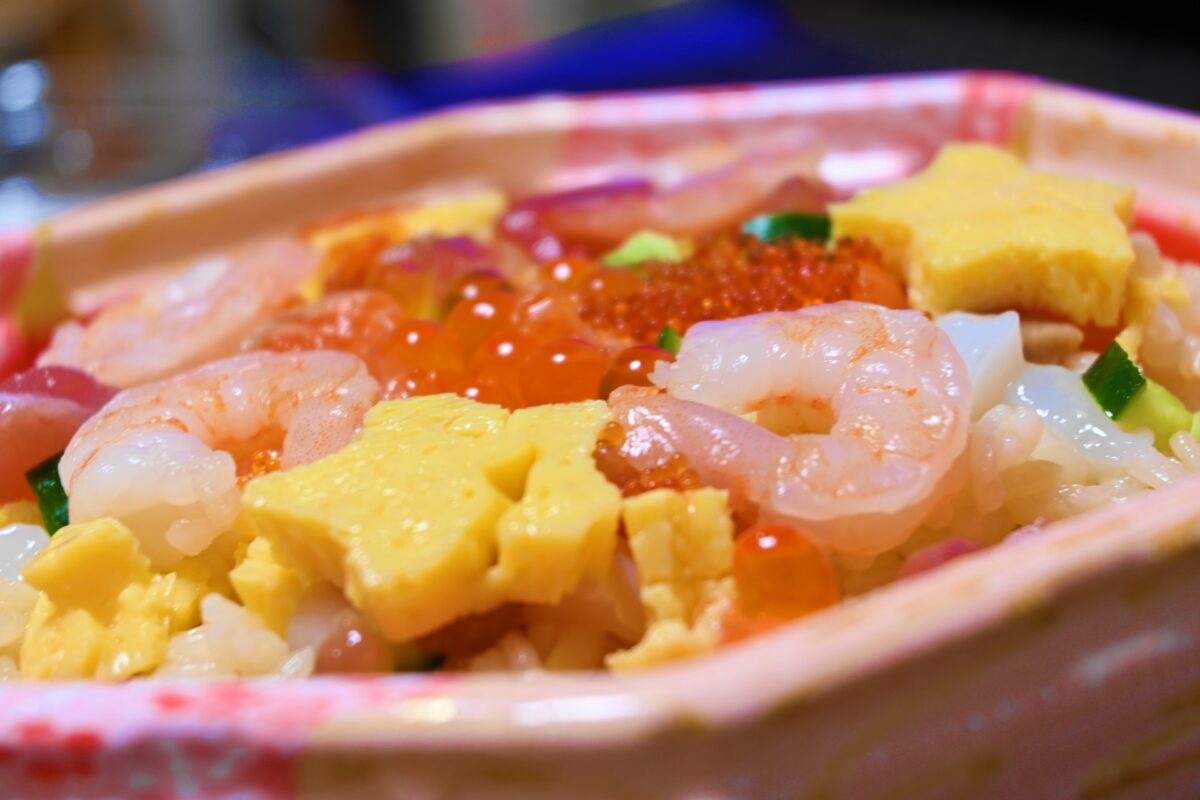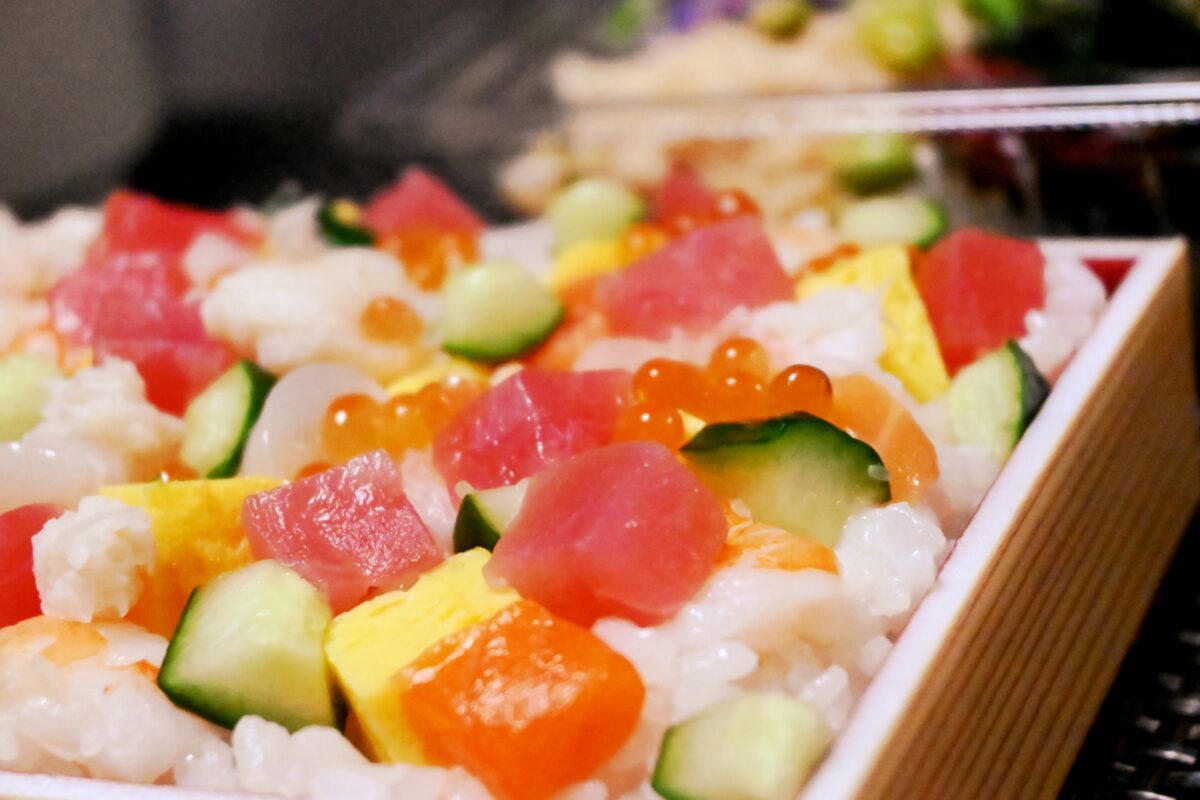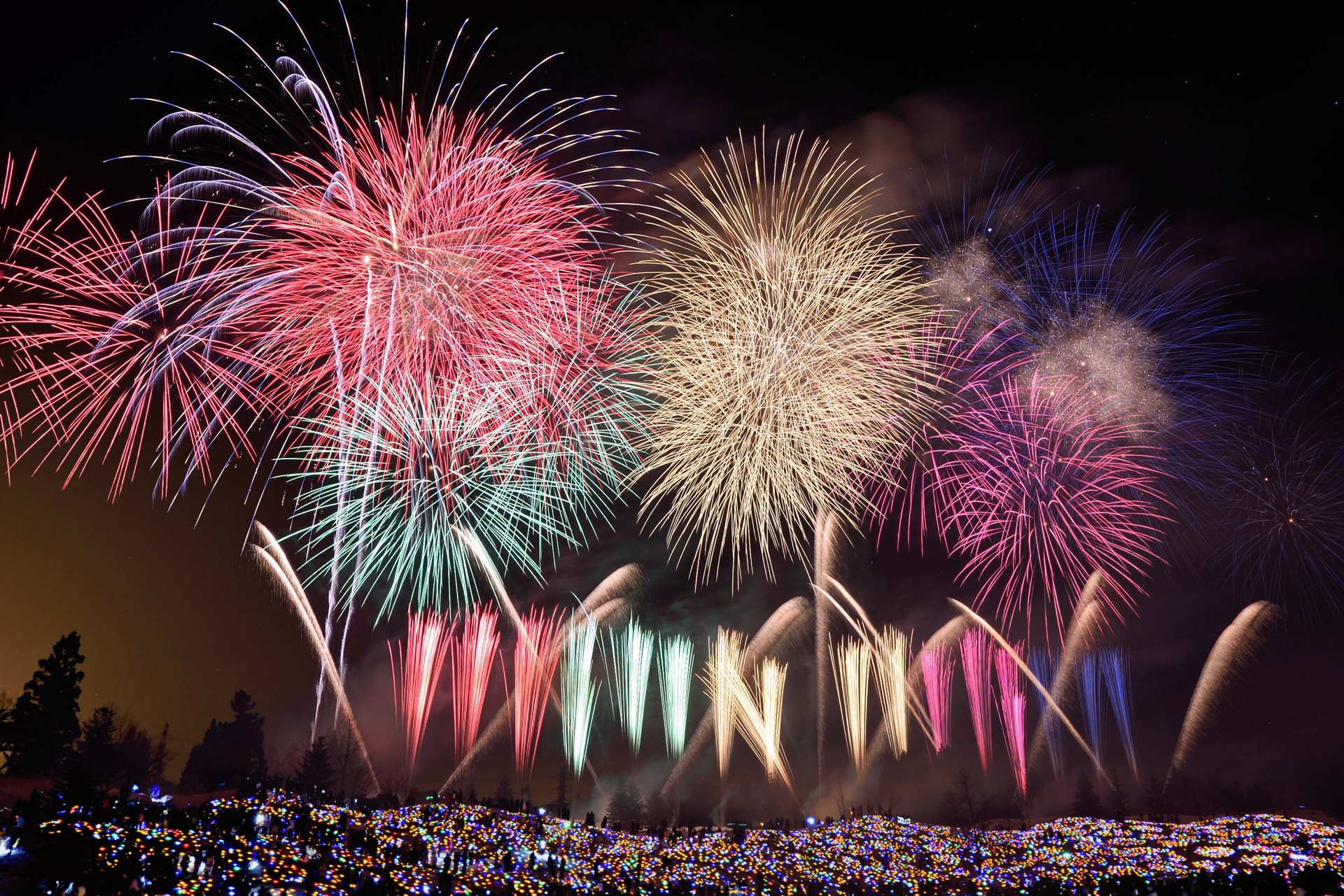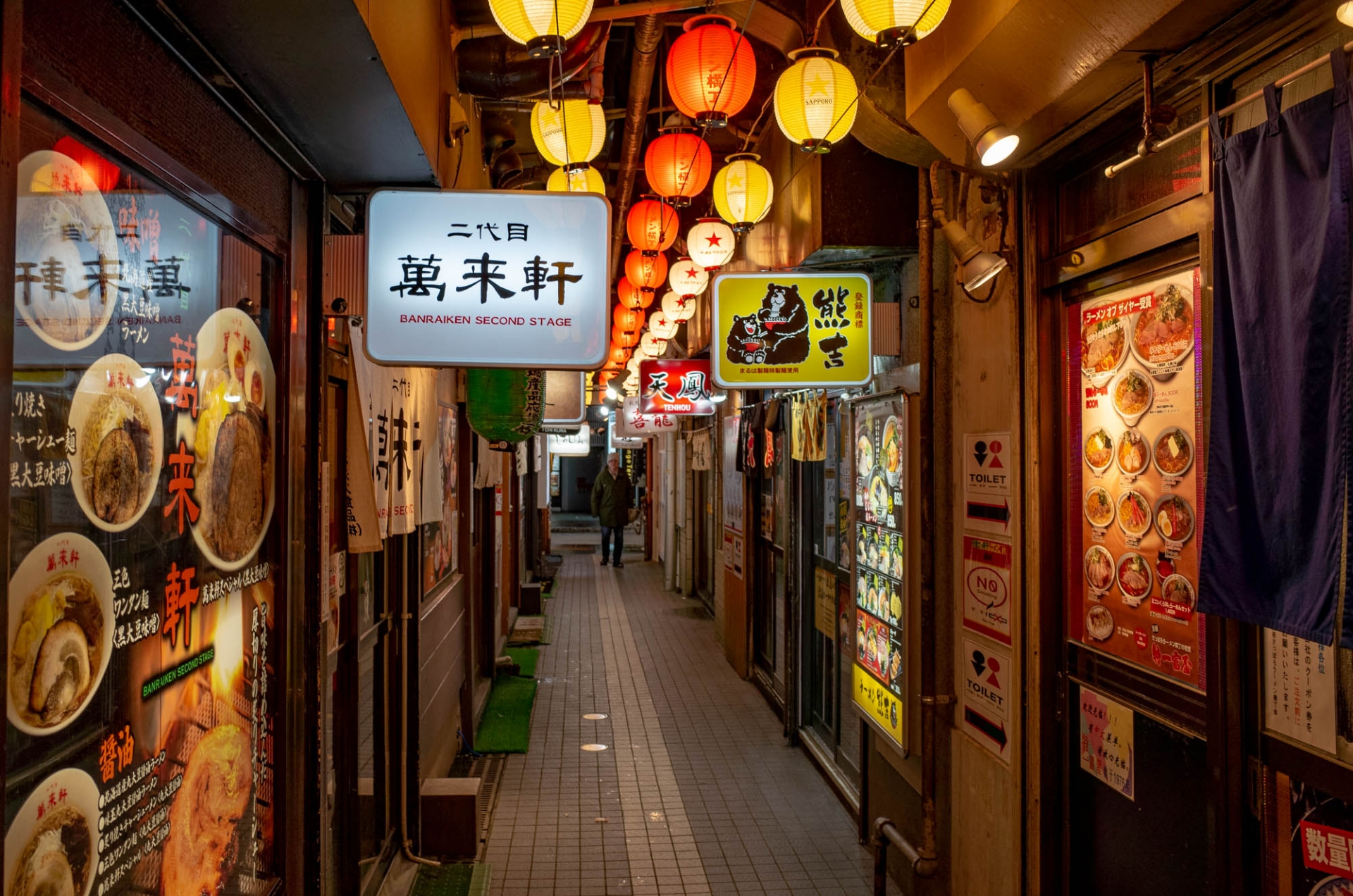Spring is the season when plants start to sprout, and animals can enjoy the mild climate after a long cold winter. It is also the best time of year to start something that you have never tried before. It could be starting a new hobby, or maybe trying seasonally unique foods from different cultures! Other than the beautiful cherry blossoms, Japan boasts a variety of unique foods and drinks that you can try in the spring season. We have carefully chosen a list of unique foods and drinks for you to try in the spring season in Japan!
1. Sakura Flavored Items
There is probably no need to explain, but the sakura(also widely-known as cherry blossoms in English) is loved as a symbolic spring flower in Japan. While you can visit famous sakura viewing spots around Japan to enjoy the pleasant smell and beautiful pink flowers, there is also a variety of sakura-flavored items that you can find in Japan during the spring season!
Sakura sweets
Sakura-mochi is a traditional Japanese sweet which is generally eaten during the spring season, including on Hinamatsuri, Girl’s Day, on March 3rd. It consists of pink-colored rice cake wrapped in a pickled sakura leaf. The rice cake is filled with a sweet red bean paste called anko. The subtle pink color with a lush green leaf reminds us of the elegant sakura flowers dancing in the spring wind. There are also lots of different sakura flavored cakes, as well as cookies, taiyaki, and ice cream to name a few of the many sweets out there!

sakura mochi 
Many of the bigger companies and foodchains like Kit Kat and McDonald’s also have their own sakura sweets during this time of year as well. McDonald’s often does a variety of limited time sakura items such as a sakura mcflurry or even a sakura mcfloat depending on the year. Kit Kat usually does a seasonal sakura flavored bar that is hard to find anywhere other than in Japan.
Sakura themed drinks
The sakura-flavored Frappuccino is a crowd favorite and is available at Starbucks across Japan for a limited time period in the spring season every year. Many other places also have their own version of sakura themed drinks such as different kinds of tea, coffee, hot chocolate, and soda among others. It can be fun to try all the different sakura drinks during this time of year!

Sakura items at the konbini
Come March in Japan, no matter what convenience store you walk into, you are bound to be surrounded by sakura products. No matter which way you look, you will see something pink. In March and April, convenience stores here are packed with sakura items from pocky to mints to ice cream. And there are many other companies that throw a pink sakura themed cover on their labels without actually changing the taste of their products too. For example, Asahi beer comes out with a flashy pink sakura can this time every year. It’s safe to say that sakura are in the spotlight come spring!
2. Takenoko (Bamboo Shoots)
Takenoko, or bamboo shoots, are generally in season from March to early May. If you go to traditional Japanese restaurants during this time of year, you will often see a variety of takenoko dishes, including takikomi gohan (Japanese mixed rice with seasonal ingredients) and bamboo shoot tempura!
3. Nanohana (Canola Blossoms)
Along with sakura, nanohana, canola blossoms, are widely recognized as an iconic flower that blooms during spring season in Japan. The tiny, yellow petals symbolize the bright sunshine and pleasant spring weather. While you can enjoy them visually, there are also some types of nanohana which are edible and perfect to enjoy as a seasonal specialty. Nanohana is available for a short period of time in spring.
The best season for nanohana is from February to March, when they are still buds, before the cheerful flowers finally start to open up. The simplest way to enjoy them at home is just to boil them with a little salt until they get soft. Try them with a little soy sauce and katsuobushi, bonito flakes, on top, which brings you a scent of early spring! Nanohana Tempura is also worth a try!
4. Hatsugatsuo
If you are a big fan of Japanese raw fish dishes such as sashimi and sushi, hatsugatsuo is something that you can’t miss! Hatsugatsuo refers to the first bonito of the year which is generally in season from April to May. They are said to be fresher and healthier as they contain less fat compared to modorigatsuo, which are in season and caught in the fall.
Seared bonito (also known as Katsuo-no Tataki) is a traditional way of eating hatsugatsuo which originates from Kochi prefecture in the Shikoku region. Grilling the surface of Katsuo helps you remove the smell of the fish (it can be stinky for some people who are not familiar with the smell of raw fish) while preserving the fresh color inside. If you want to try it raw, add some seasonings such as garlic paste and Ponzu (a common sauce made of soy sauce and citrus juice)!
5. Asari/ Hamaguri (Japanese Short-Neck Clam/ Hard-Shell Clam)
Asari and Hamaguri are popular types of edible clams that can often be found in traditional Japanese dishes. They are perfect ingredients for various kinds of recipes, including miso soup, takikomi gohan, pasta and much more. It is generally said they are the freshest from February to May when the monthly catch reaches its peak for the year.
One of the most noticeable differences between them is the size of the shells of each clam. Asari is a smaller clam which has unique color patterns (white, brown and black)on its shell. They are relatively cheap and easily found at ordinary grocery stores all year round. Hamaguri, on the other hand, is several times bigger than asari and the price tends to get higher. If you want to enjoy them at home, be sure to leave them in salty water for 20min or so the sand can be taken away from the inside of the shell!
6. Strawberries
It can be hard to tell when the actual strawberry season is in Japan, as sometimes you see strawberries out at supermarkets as early as December! However the true strawberry season here is from late spring to early summer, which is a wonderful time to enjoy the juicy red fruit.
A fun spring activity to do is going strawberry picking with your family or friends. There are a lot of places throughout Japan, and especially in Tochiji prefecture, where you can even partake in an all you can pick and eat activity! One of the favorite spring desserts among many is the strawberry daifuku, which is a delicious strawberry coated with sweet red bean paste and then wrapped in soft mochi. You can’t go wrong with strawberries no matter how you eat then in spring!
7. Chirashizushi
Although it isn’t exactly considered a ‘spring’ food, chirashizuri is something that is eaten every year on Hinamatsuri. This holiday that is also known as ‘Girls Day’, is celebrated on March 3rd every year, praying for the health, prosperity and happiness of girls all over. Chirashizushi is a unique type of sushi with a number of different toppings spread over a bowl or dish of rice. The toppings can vary but often include sashimi, boiled shrimp, shiitake mushrooms, eggs and other vegetables.
This dish isn’t only eaten on Hinamatsuri, but also during almost any other celebratory events or times as well. That being said, spring in Japan is a time for both endings and new beginnings, which of course both call for celebration! The fiscal year and school year in Japan both end in March and start anew come April. So you will see a lot of people eating chirashizushi during this time of year.
Japan Wonder Travel Tours
If you need some help organizing your trip to Japan, you should check out our exciting tours with English guides. We’ll happily help you make your trip to Japan a safe, comfortable, and unforgettable one!
- Tokyo Private Tour [Customized, 7 Hours]
Take a trip to the must-visit highlights in Tokyo with one of our friendly guides! This tour is flexible and the destinations are customizable according to your requests. - Tokyo Fish Market Tour @Tsukiji
Let’s explore one of the biggest fish markets in Tokyo. You can try out some street food, sake and visit local’s favorite spots!
As a heads up, some of the seasonal specialties mentioned above require professional cooking techniques or knowledge to cook and eat. In particular, takenoko and nanohana need to be cooked carefully since they include some toxins. If you don’t cook on your own on a daily basis, we would recommend going to a Japanese restaurant to enjoy the spring foods prepared and served by professional chefs. Another way is to go and get the processed foods at grocery stores which are completely safe and easy to cook in your kitchen! We hope you learned about some new spring foods and drinks in Japan and are able to try them for yourself sometime!
Follow us on Instagram, Facebook and Twitter for more travel inspiration. Or tag us to get featured!
Happy traveling!
Other articles you might enjoy
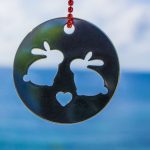
Miho Shimizu is a Japanese freelance writer settled in Shizuoka with her husband and two rabbits. Fascinated with travelling at the age of 18, she has spent most of her long holidays exploring incredible spots around Japan. Also love to listen to music, draw, and read novels over a cup of green tea.
This post may contain some affiliate links. When you click through and make a purchase we may receive some commission, at no extra costs to you.
